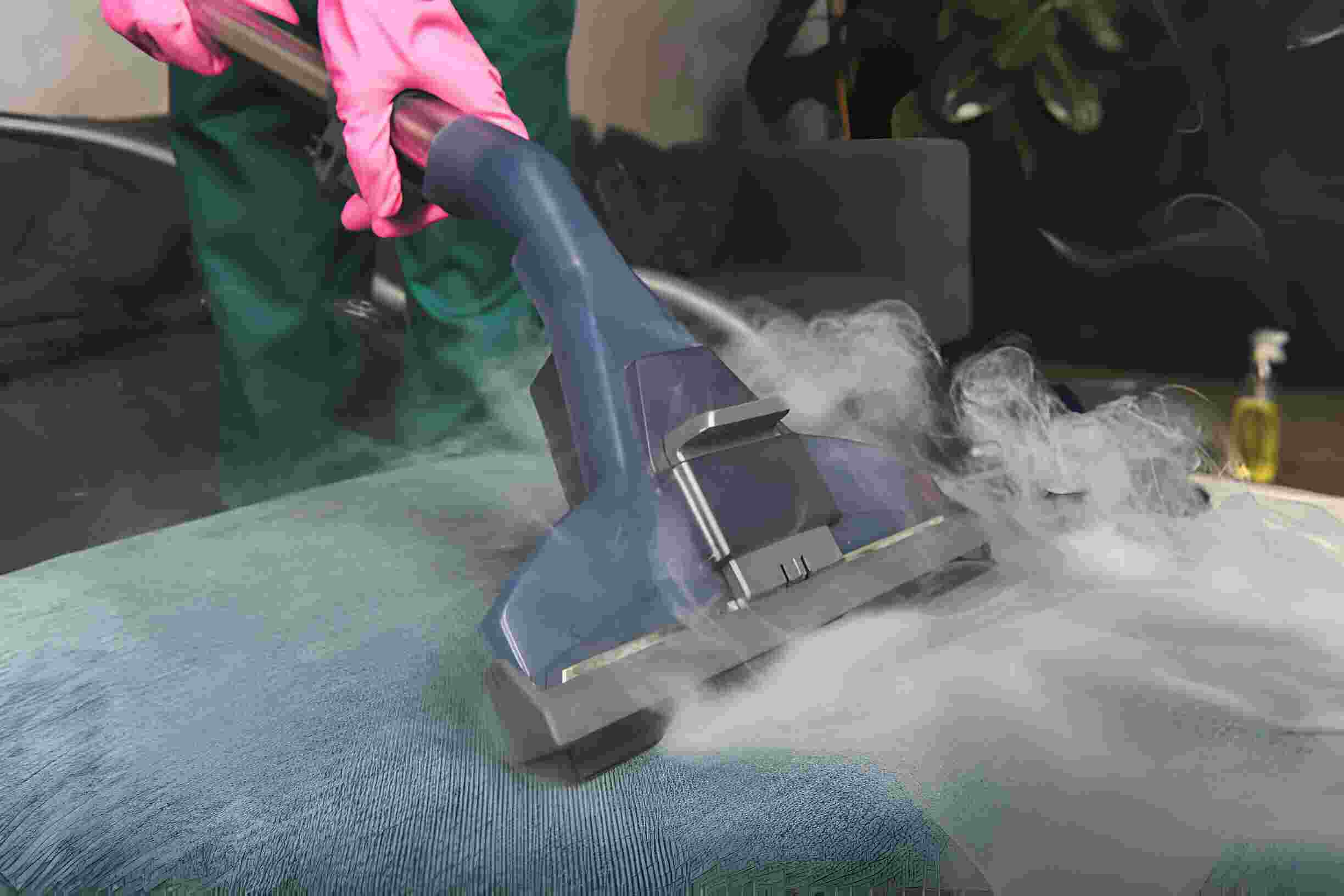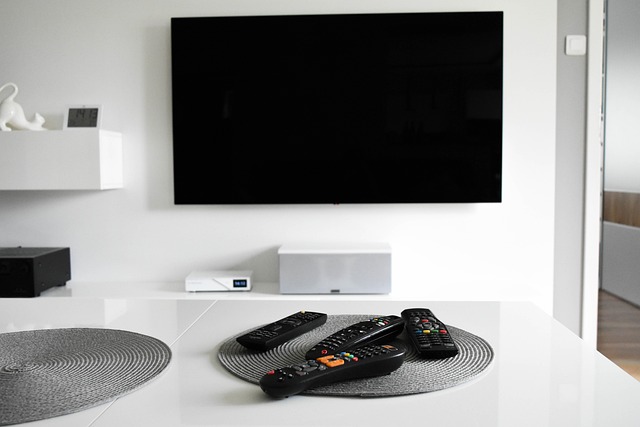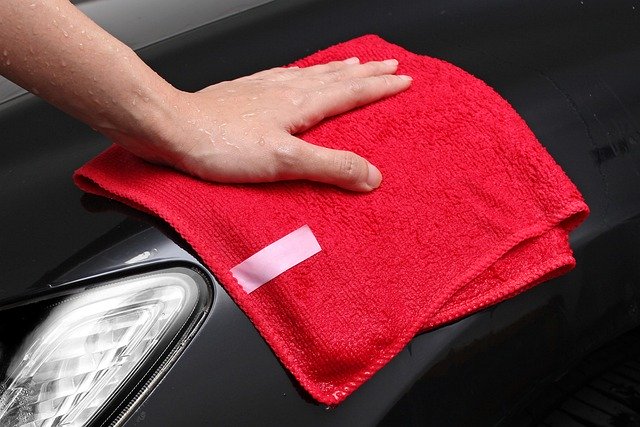Keeping our homes clean is a never-ending task, and when it comes to effective cleaning methods, steam cleaning has gained popularity in recent years. In this comprehensive guide, we’ll delve into the pros and cons of using steam cleaning for your home, exploring everything you need to know about this innovative cleaning approach. Steam cleaning involves using hot water vapor to clean various surfaces, including floors, carpets, and even kitchen appliances.
The high temperature of the steam is effective in loosening dirt and grime, providing a chemical-free and eco-friendly cleaning solution. Steam cleaning utilizes the power of high-temperature steam to clean and sanitize surfaces. The steam is produced by heating water, and when applied to surfaces, it helps to dissolve dirt, grease, and grime. The heat also plays a crucial role in killing bacteria and germs, making it an effective and chemical-free cleaning method.
There are various types of steam cleaners available for home use, including handheld steam cleaners, steam mops, and canister steam cleaners. Each type has its own set of features and is suitable for different cleaning tasks.
The Pros of Steam Cleaning
1. Effective Deep Cleaning:
One of the standout advantages of steam cleaning is its ability to penetrate deep into surfaces. The high temperature of the steam helps to dissolve stubborn stains and sanitize surfaces without the need for harsh chemicals.
2. Chemical-Free Cleaning:
For those who are environmentally conscious or have sensitivities to cleaning chemicals, steam cleaning is a game-changer. It relies solely on water vapor, making it a safe and chemical-free option for homes with children and pets.
3. Versatility:
Steam cleaners come with various attachments, allowing you to clean different surfaces with ease. From floors and carpets to kitchen tiles and bathroom fixtures, a steam cleaner offers versatility that traditional cleaning methods may lack.
4. Allergen Removal:
The high temperature of steam is effective in killing dust mites, bacteria, and allergens. This makes steam cleaning an excellent choice for individuals with allergies or respiratory issues, promoting a healthier indoor environment.
5. Time Efficiency:
Steam cleaning can be a time-saver, especially when dealing with large surface areas. The steam not only cleans but also dries quickly, reducing the overall cleaning time compared to traditional methods.
The Cons of Steam Cleaning
1. Initial Cost:
While the long-term benefits are significant, the initial cost of purchasing a quality steam cleaner can be higher than traditional cleaning tools. However, many users find the investment worthwhile given the efficiency and long-term savings.
2. Not Suitable for All Surfaces:
While versatile, steam cleaning may not be suitable for all surfaces. Delicate materials such as certain types of hardwood or laminate flooring can be damaged by the high heat and moisture. It’s crucial to check manufacturer guidelines before using a steam cleaner on specific surfaces.
3. Learning Curve:
Using a steam cleaner effectively may require a bit of a learning curve. Understanding the appropriate steam pressure, attachment, and cleaning duration for different surfaces is essential to avoid accidental damage.
4. Limited Stain Removal:
While effective for general cleaning, steam cleaning may struggle with deep-seated or set-in stains. In such cases, additional treatments or professional cleaning services may be necessary.
5. Water Residue:
Using steam generates moisture, and if not properly managed, it can leave behind water residue on surfaces. Proper ventilation and thorough drying are crucial to prevent issues like mold or water damage.
Tips for Effective Steam Cleaning
Now that we’ve explored the pros and cons, let’s delve into some tips for maximizing the effectiveness of steam cleaning in your home.
Read the Instructions
Before using a steam cleaner, thoroughly read the manufacturer’s instructions. Each model may have specific guidelines regarding water usage, attachments, and recommended surfaces.
Test on a Small Area
Before tackling large surfaces, test the steam cleaner on a small, inconspicuous area to ensure it doesn’t cause damage. This is particularly important for delicate surfaces.
Regular Maintenance
Maintain your steam cleaner by regularly descaling it to prevent mineral buildup. This ensures optimal performance and prolongs the lifespan of the appliance.
Ventilate the Area
Ensure proper ventilation when steam cleaning. Open windows and doors to allow moisture to escape and prevent the buildup of water residue.
Conclusion
In wrapping up our exploration of steam cleaning for the home, it’s clear that this method has some fantastic perks, but like any superhero, it comes with a few challenges. On the bright side, steam cleaning is like a magical potion for banishing dirt and germs without needing harsh chemicals. It’s a friendly helper for folks with allergies, swiftly taking care of allergens like dust mites. Plus, it’s like a cleaning wizard – quick and versatile, ready to tackle various surfaces.
But, just like any superhero has its kryptonite, steam cleaning might not be the best fit for some surfaces and comes with a bit of a learning curve. While the initial cost might make you raise an eyebrow, many find that the long-term benefits outweigh the upfront expense. So, in the grand cleaning adventure, steam cleaning stands as a powerful ally, though not without a few quirks. With a bit of care and understanding, it can truly transform your home into a sparkling haven. Cheers to a cleaner and healthier living space!














